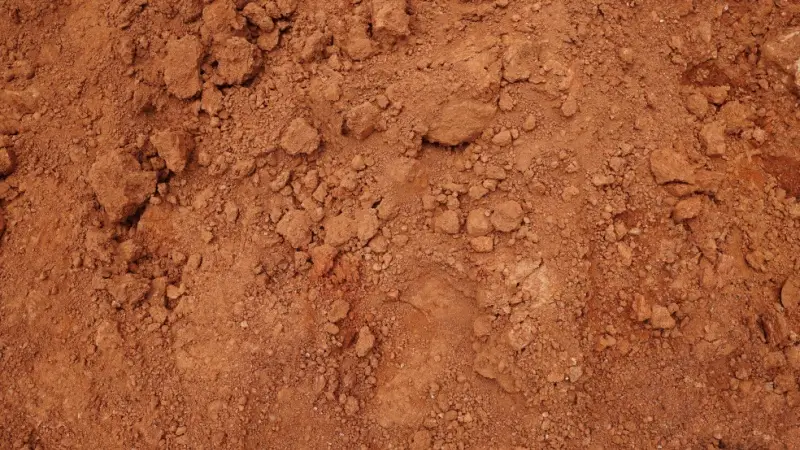
The Grounds Guys provide insights on cultivating plants in clay soil.
|
In many parts of the United States, including the Southeast, Southwest, and Midwest, the soil is known for its heavy clay content. Clay soil poses real challenges for homeowners who want to create a healthy and varied landscape on their property. However, with knowledge, good soil management, and choosing the right plants that grow in clay soil, you can achieve the landscaping look that meets your needs.
Table of Contents:
Characteristics of Clay Soil
All soil contains a ratio of three primary elements: clay, silt, and sand. Clay soil features a high proportion of clay particles, the smallest of the three elements. These particles fit together tightly, which has benefits and drawbacks, especially when it comes to landscaping.
Clay soil can get so dense that it will have trouble absorbing water and oxygen resulting in hard and cracked surfaces that end up causing drainage issues.
While clay soil can struggle to absorb water, it also holds tightly onto the water that does get through, making it resistant to drought. It also holds onto nutrients well, helping your plants thrive. Its heavy nature makes it resistant to both wind and water erosion.
Not sure if you have clay soil? Take a look at the dirt in your yard. Clay soil is reddish-brown to dark brown. When moist, it has a thick, sticky texture that can hold its shape.
Top Plants That Grow Well in Clay Soil
Despite clay soil, you can still create a beautiful and unique garden brimming with flowers, shrubs, and trees.
Flowers for Clay Soil
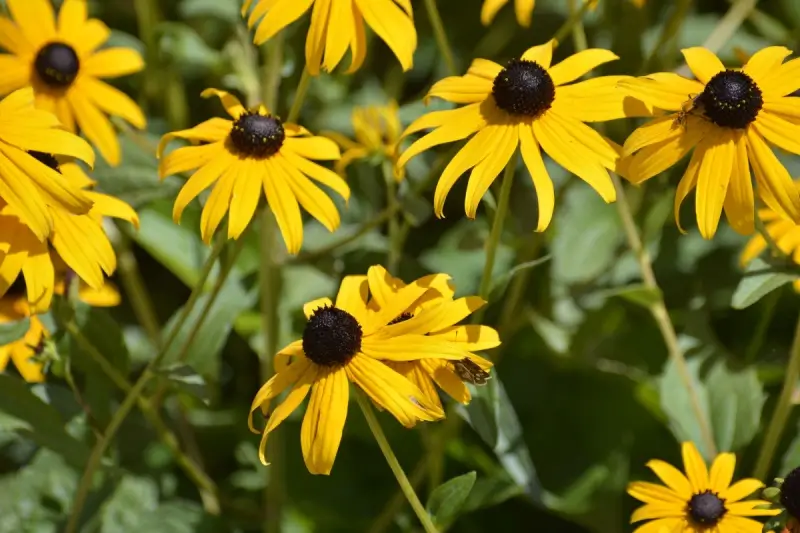
- Black-eyed Susans: These sunny yellow flowers with dark centers are native to North America and can adapt to a wide range of soil types, including clay. They attract pollinators and bloom from summer to fall.
- Daylilies: Prized for their adaptability, these flowers come in a variety of colors and, depending on their variety, bloom from early summer to fall.
- Asters: These star-shaped flowers bloom in late summer and fall and come in shades of purple, pink, blue, and white.
- Coneflowers: These drought-tolerant flowers bloom from summer to fall in shades of purple, pink, and white.
- Bee Balm: As their name implies, this fragrant flower attracts bees, butterflies, and hummingbirds. Their unique spiky flowers bloom in shades of red, pink, and purple.
Shrubs for Clay Soil

- Dogwood: Red twig dogwood and silky dogwood offer attractive foliage, flowers, and colorful stems.
- Viburnum: Arrowwood viburnum and nannyberry produce white flower clusters in spring and colorful berries in fall.
- Summersweet: This native North American shrub offers fragrant, white or pink flowers in summer.
Trees for Clay Soil
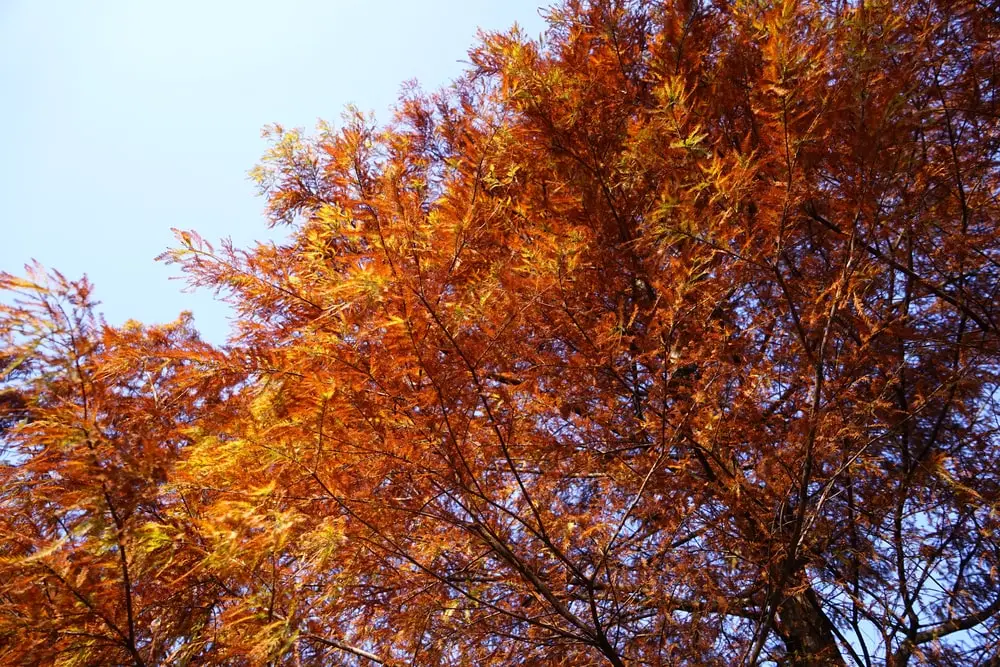
- Red Maple: This native tree can tolerate a variety of soils, including clay, and provides beautiful red foliage in the fall.
- River Birch: Known for its attractive peeling bark, river birch can tolerate wet conditions.
- Bald Cypress: This deciduous conifer is known for its feathery, light-green foliage that turns rust-colored in fall.
Soil Management Tips for Clay Soil
Once you’ve chosen plants that grow in clay soil, give them the best chance to thrive by actively managing your flower bed soil. With a little extra work, your clay soil can be an excellent home for your garden.
Add Organic Matter to Your Soil
.webp)
To help improve the structure of your soil along with its drainage and fertility, mix in organic matter like compost, aged manure, leaf mold, or peat moss. Apply a layer between two and three inches thick and then till it into the topsoil.
Use Mulch
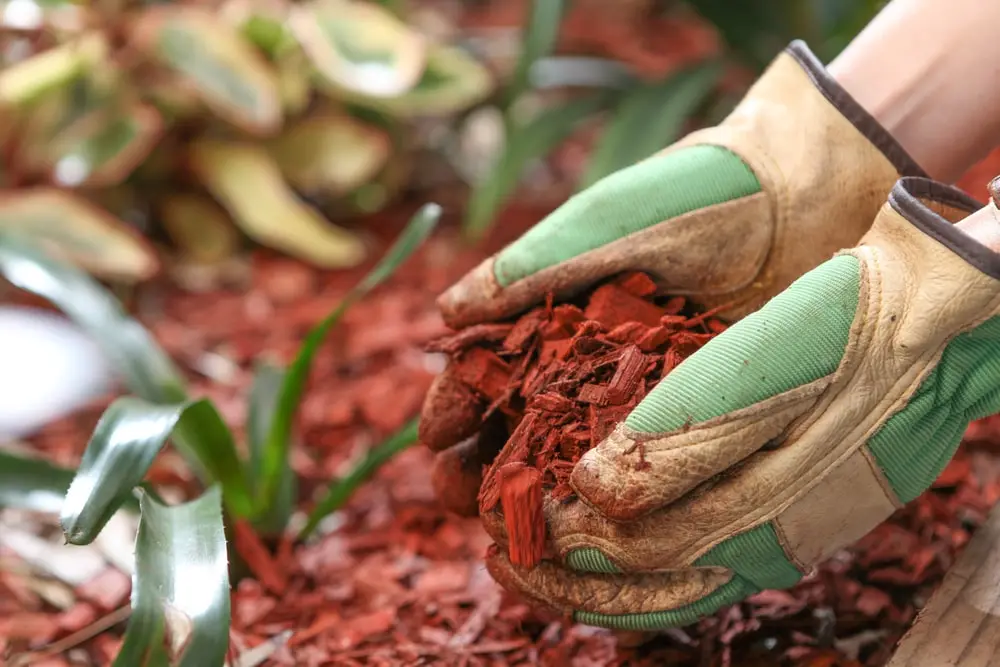
Tightly packed clay can be slow to warm in the spring, making it hard for new plant seeds to begin their growing cycle. Adding a mulch layer around your flower beds, shrubs, and trees can improve temperature regulation.
Add Soil Amendments
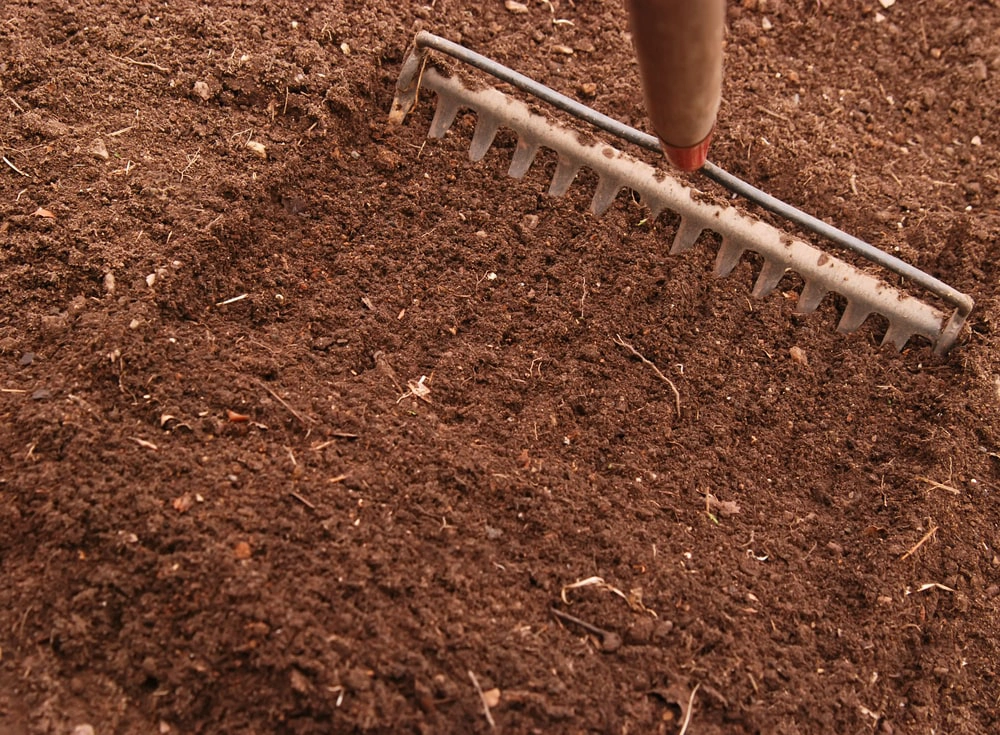
If you’ve got especially challenging soil, certain soil amendments like sand, perlite, or gypsum can improve the soil’s structure and drainage. Soil amendments can be tricky, though, so make sure to consult a soil expert.
Choose Your Local Clay Soil Experts
To improve your clay soil, you’ll need focus, patience, and time. The process is gradual, and it can take several seasons of consistent effort for you to notice a positive change.
If you’re struggling to achieve the landscape you want in your clay soil, contact us at The Grounds Guys®. We are your local clay soil experts. We’ll work with you to redesign your landscape, recommend the right plants that like clay soil, and make the needed changes to your land and gardens. We’ll also give you great customer service every step of the way. That’s our Neighborly Done Right Promise™ to you. Ready to get started? Contact your local The Grounds Guys today.